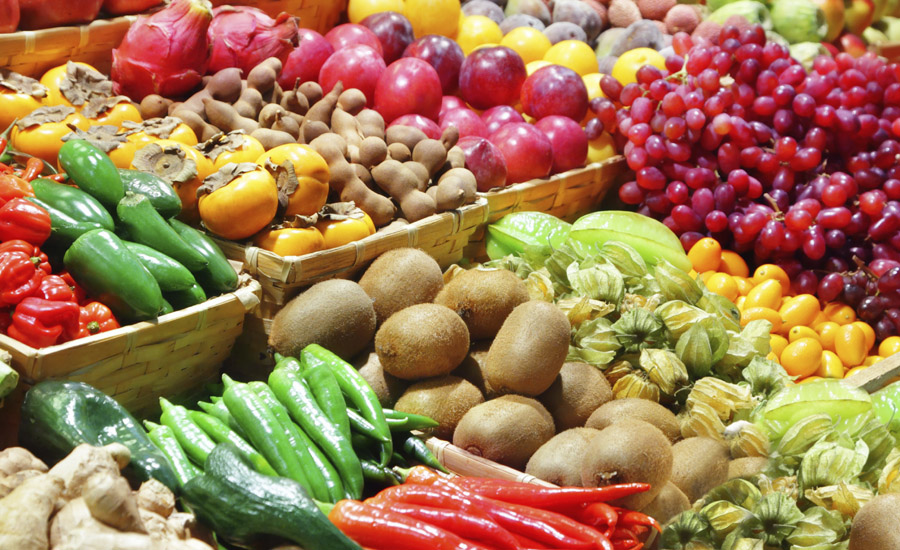Placing healthier options in more prominent positions on grocery store shelves and packaging food in smaller serving sizes are among the improvements in the U.S. food system that would make it easier for consumers to choose healthy foods – and to get heathier.
That’s according to a science advisory from the American Heart Association (AHA), which says that change that needs to occur at multiple levels- the food industry, agricultural industry, public health and medicine, policy, and among communities, worksites, schools, and families.
“In a healthy food system, the healthy choice would be the default choice,” said Cheryl A.M. Anderson, Ph.D., M.P.H., M.S., the chair of the writing group for the advisory. Anderson stressed that having a wide variety of healthy foods readily available is vital.
According to the advisory, voluntary private sector approaches, when practiced widely, can also favorably impact health behaviors. Examples include:
- Formulating new food products that are lower in calories or packaging them in smaller sizes
- Improving the nutritional value of manufactured foods
- Better product placement of healthier foods on grocery store shelves and
- Pricing strategies to encourage purchasing healthier foods
A few studies have shown that community-based approaches can result in positive changes in eating patterns and food selection. For example, community organizations and school districts have implemented systems in which foods are labeled with “traffic lights” to indicate healthier foods. Some schools have data showing that students drink more water at school when it is readily available.
It’s not news that a healthy eating pattern – the core of a healthy lifestyle – can significantly reduce the risk of heart attacks, heart failure and the most common type of strokes and enhance overall well-being and brain health. The Dietary Guidelines for Americans says the emphasis should be on vegetables, fruits and whole grains; include low-fat dairy products, poultry, fish, legumes, non-tropical vegetable oils and nuts. Sweets, sugary drinks and red meat should be limited.
Unfortunately, that pattern is not the norm for most Americans.
“There is a need for immediate action to promote, fund and evaluate healthful changes to the food system.” said Anderson.






